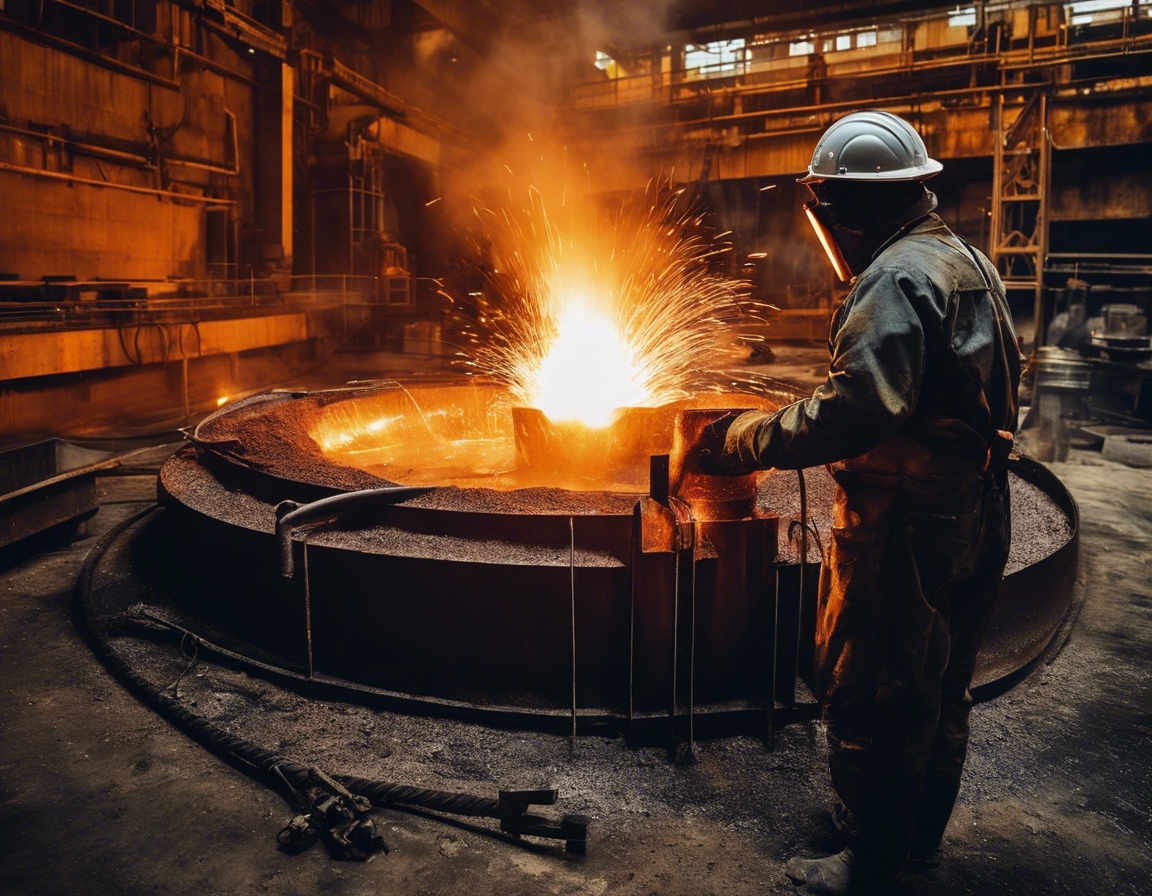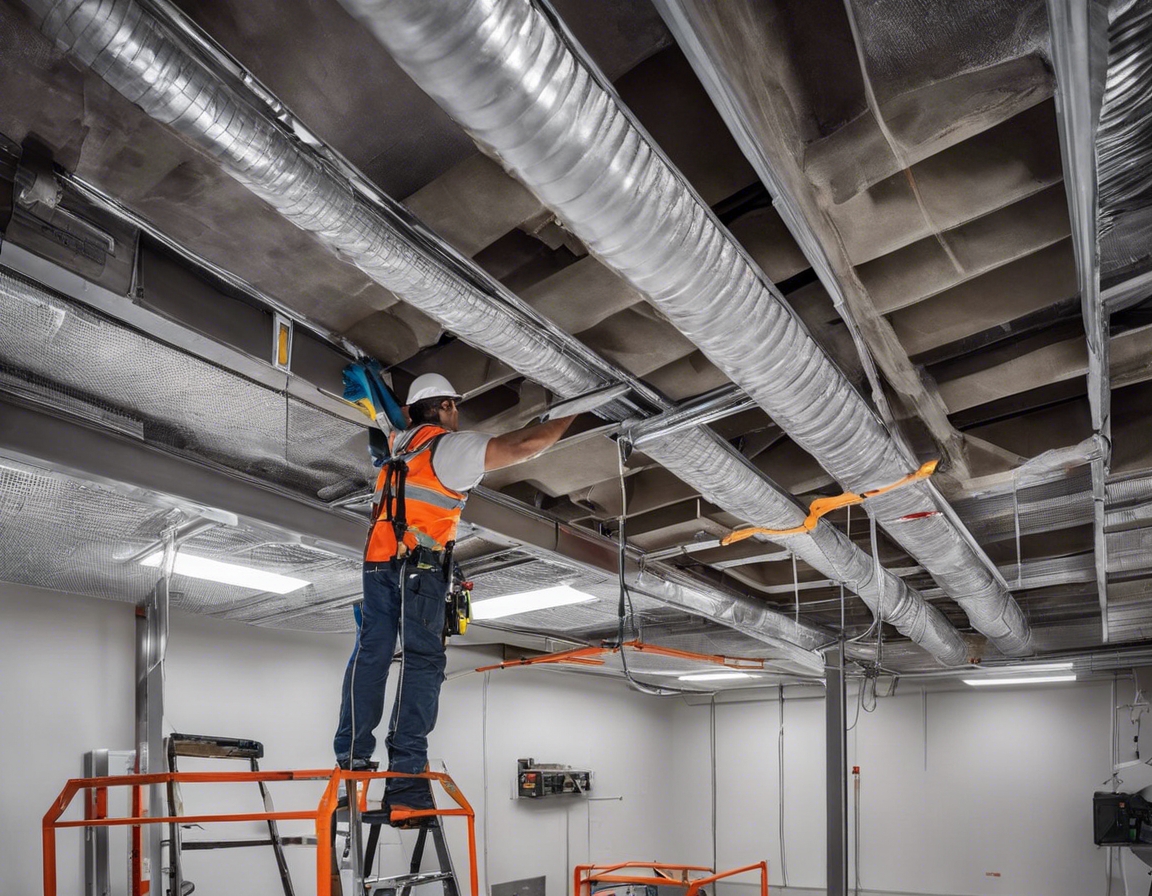5 signs your building needs a new ventilation system
Ensuring that your building has a functional and efficient ventilation system is crucial for maintaining a healthy and comfortable indoor environment. A well-designed ventilation system not only provides fresh air but also helps control humidity, eliminate odors, and reduce the accumulation of pollutants. However, over time, ventilation systems can become less effective due to various factors, signaling the need for an upgrade or replacement.
Understanding Ventilation Systems
Proper ventilation is essential for the well-being of building occupants. It helps regulate indoor air quality by removing contaminants and bringing in fresh air. Without adequate ventilation, buildings can become breeding grounds for mold, mildew, and other harmful pollutants.
A typical ventilation system consists of ducts, filters, air handlers, and exhaust fans. These components work together to ensure that air circulates effectively throughout the building. Regular maintenance is necessary to keep these components functioning optimally.
Sign 1: Persistent Unpleasant Odors
Unpleasant odors that linger can be a clear indication that your ventilation system is not performing as it should. These odors are often due to stagnant air that is not being properly expelled from the building.
Persistent odors can significantly impact the comfort and health of building occupants, making it a priority to address any ventilation issues promptly.
Sign 2: Humidity Problems and Condensation
Excessive humidity can lead to discomfort, structural damage, and an increase in allergens. A well-functioning ventilation system should maintain balanced humidity levels.
Condensation on windows, peeling wallpaper, or warped wood are telltale signs that your building's ventilation system may not be adequately controlling humidity.
Sign 3: Mold and Mildew Growth
Mold and mildew are not only unsightly but also pose serious health risks, particularly to those with respiratory issues. Effective ventilation is key to preventing their growth.
Visible mold growth or a musty smell can indicate that your ventilation system is not providing enough air exchange to keep these issues at bay.
Sign 4: Poor Air Quality and Allergen Buildup
Poor indoor air quality can lead to a range of health problems, from headaches and dizziness to more severe respiratory conditions. A good ventilation system helps mitigate these risks by filtering out pollutants and allergens.
If occupants are experiencing increased allergy symptoms or respiratory issues, it could be a sign that allergens are accumulating due to inadequate ventilation.
Sign 5: Inefficient Energy Use and High Utility Bills
An outdated or poorly designed ventilation system can lead to inefficient energy use, as it may require more power to maintain air quality and comfort levels.
Spikes in utility bills or the need for frequent HVAC adjustments can be indicators of an inefficient ventilation system that may need replacement.






Comments (0)